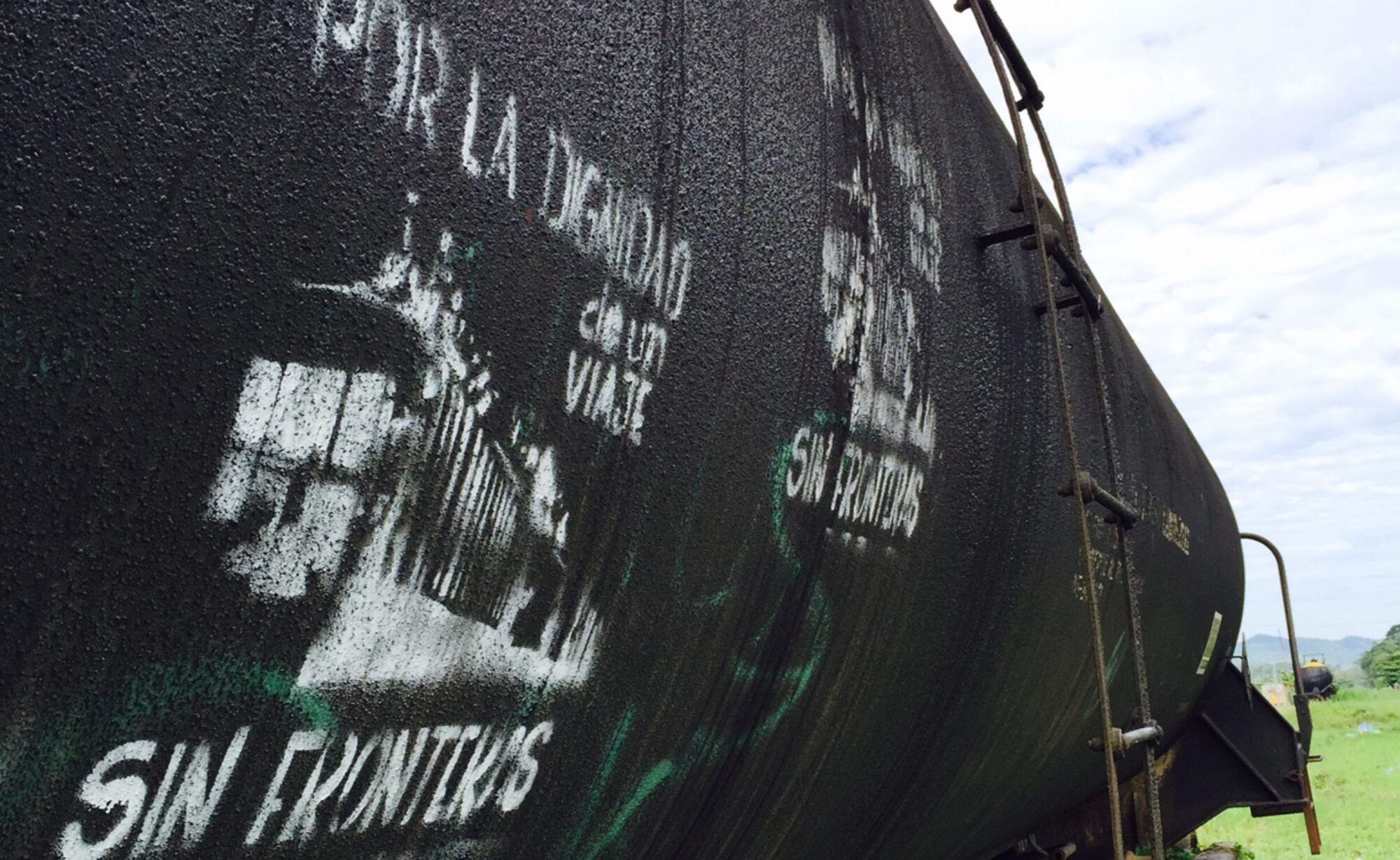TUCSON, ARIZ.—In a crowded courtroom January 15, defense lawyer Chris Dupont asked Michael West, a U.S. Fish and Wildlife officer at the Cabeza Prieta National Wildlife Refuge in the Arizona desert, if he was aware that border crossers were dying in the refuge. Had he found bodies himself? “Yes,” West affirmed. Pressed for an exact number, West said he didn’t know.
Madeline Huse, a volunteer with the Arizona-based humanitarian aid organization No More Deaths, has a clearer memory of the bodies she’s seen along the border. She testified two days later that, in just one month of volunteering in 2016, she and those with her encountered more than a dozen people’s remains. Expert witness Ed McCullough, a retired geologist who maps migrant routes in the desert, described Growler Valley in the Cabeza Prieta refuge as a “trail of deaths.”
Read the rest, as published by In These Times, here.
